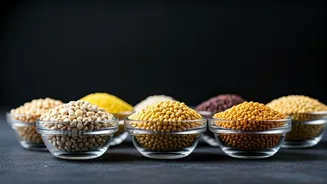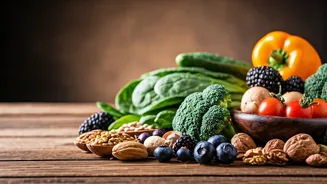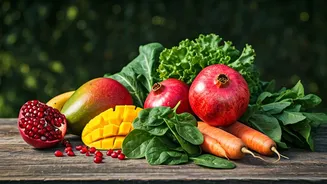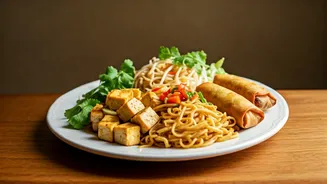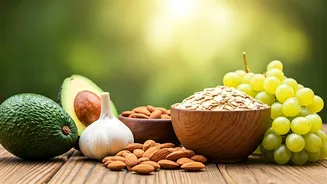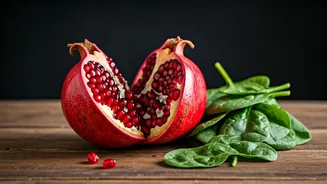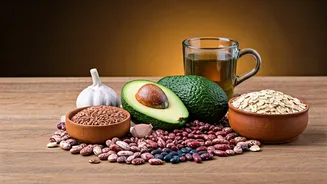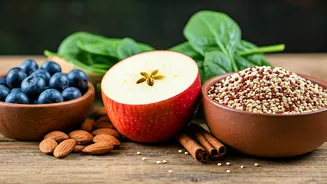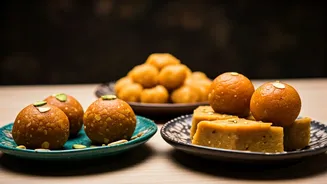Introduction to Millets
Millets, often overlooked in modern diets, are ancient grains with a rich history, particularly in regions like India and Africa. They are incredibly versatile
and adaptable crops, thriving in harsh conditions where other grains struggle. Millets are not just a food source; they are a powerhouse of nutrients, offering significant health benefits. They are naturally gluten-free, making them an excellent choice for individuals with gluten sensitivities or celiac disease. Furthermore, millets boast a lower glycemic index compared to common grains like wheat and rice, which means they cause a slower rise in blood sugar levels after consumption. This is beneficial for people with diabetes or those looking to manage their blood sugar. The nutritional profile of millets is impressive, providing essential vitamins, minerals, and antioxidants. They are rich in fiber, which aids in digestion and promotes a feeling of fullness. Incorporating millets into your diet is a step toward embracing a healthier lifestyle, offering both physical wellness and culinary diversity.
Pearl Millet (Bajra)
Pearl millet, also known as Bajra, is one of the most widely consumed types of millet, especially in India and parts of Africa. It is a hardy grain, capable of growing in arid and semi-arid regions, making it a sustainable food source. Pearl millet is a nutritional powerhouse, rich in iron, zinc, and fiber. The high iron content makes it beneficial for preventing anemia, while zinc supports immune function. Pearl millet is also a good source of magnesium, which plays a role in various bodily functions, including blood sugar control. When it comes to its impact on health, pearl millet is known to help manage blood sugar levels, making it a suitable choice for those with diabetes. The high fiber content aids digestion and promotes satiety, which can help in weight management. In terms of culinary uses, Bajra can be ground into flour to make rotis, porridge, or added to various dishes for a nutritional boost.
Finger Millet (Ragi)
Finger millet, commonly known as Ragi, is a staple in South Indian cuisine. This grain is easily identifiable by its finger-like arrangement of seeds. Ragi is particularly rich in calcium, making it an excellent food for bone health. The high calcium content supports strong bones and teeth, which is especially important for children and the elderly. Ragi also contains dietary fiber, which aids digestion and helps regulate blood sugar levels. For those looking for gluten-free options, Ragi is a great choice. It can be used to make various dishes, including porridge, dosas, and rotis. The grain's ability to help in blood sugar control makes it a smart choice for those with diabetes or who are at risk. Regular consumption of Ragi can contribute to overall health and well-being, providing essential nutrients that are vital for bodily functions.
Foxtail Millet (Kangni)
Foxtail millet, known as Kangni, is one of the oldest cultivated millets. This grain is packed with nutrients, including carbohydrates, proteins, and minerals. It is a good source of dietary fiber, helping with digestion and promoting a feeling of fullness. Foxtail millet has a moderate glycemic index, which means it causes a slower rise in blood sugar levels compared to other grains. This makes it a suitable option for people with diabetes or those who want to manage their blood sugar. It also provides essential amino acids, which are crucial for the body's growth and repair. Foxtail millet can be cooked and eaten as a side dish or used as an ingredient in various recipes, such as upma or khichdi. Its versatility and nutritional benefits make it a great addition to a balanced diet, offering a healthy and flavorful alternative to common grains.
Proso Millet (Chena)
Proso millet, also known as Chena, is another nutritious option with a mild, slightly nutty flavor. It cooks quickly, making it a convenient choice for quick meals. Proso millet is rich in essential nutrients, including magnesium, phosphorus, and potassium. These minerals play vital roles in various bodily functions, such as bone health, muscle function, and blood pressure regulation. Proso millet is also a good source of protein, which supports tissue repair and growth. The grain can be prepared in different ways, such as porridge, pilaf, or as a substitute for rice. Due to its easily digestible nature and mild taste, it can be a great option for people with digestive issues. Proso millet can be included in a variety of dishes for a boost of nutrients and a subtly unique flavor profile, making it a versatile addition to any diet.
Little Millet (Kutki)
Little millet, or Kutki, is a small-seeded grain with a delicate texture and flavor. This millet is a good source of dietary fiber, aiding in digestive health and promoting regular bowel movements. It is known for its high iron content, which is essential for preventing anemia and supporting energy levels. Kutki also provides essential minerals like phosphorus, which is vital for bone health, and magnesium, which helps regulate blood sugar. It has a low glycemic index, making it a suitable choice for those managing diabetes or looking to control their blood sugar. The grain is versatile and can be used to make porridge, upma, or even used as a rice substitute. Its ability to support digestive health and provide essential nutrients makes it a valuable addition to a balanced diet.
Barnyard Millet (Sanwa)
Barnyard millet, or Sanwa, is another nutritious millet that is known for its mild flavor and quick cooking time. It is a good source of dietary fiber, promoting digestive health and helping to regulate blood sugar levels. Barnyard millet is also rich in iron and calcium, supporting healthy blood and strong bones. It is a good source of antioxidants, which help protect the body against damage from free radicals. Barnyard millet is a versatile grain and can be used in various dishes, including porridge, khichdi, and upma. It is often consumed during religious fasts and is easily digestible, making it a good choice for people with sensitive stomachs. Incorporating barnyard millet into your diet provides a nutrient-rich and easily digestible option for maintaining overall health and well-being.
Kodo Millet (Kodo)
Kodo millet, or Kodo, is a less common but equally valuable millet known for its high fiber content and nutty flavor. This grain is a good source of essential nutrients, including magnesium, which supports muscle and nerve function, and manganese, which acts as an antioxidant. Kodo millet is known for its ability to help regulate blood sugar levels, making it a good choice for people with diabetes or prediabetes. The high fiber content aids digestion and promotes satiety, helping in weight management. It can be used in various dishes like rice and can also be used to make porridge. This millet provides a rich blend of nutrients that contribute to overall health and well-being. Its unique flavor and nutritional profile make it a valuable addition to a balanced diet, offering a healthy alternative to refined grains.
